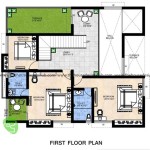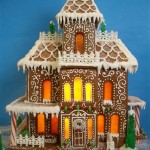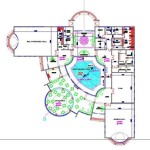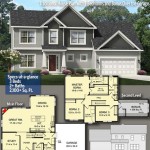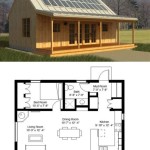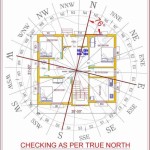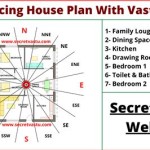Essential Plans for Bird Houses
Bird houses provide birds with shelter and protection from the elements, contributing to their survival and well-being. Whether you're an experienced bird enthusiast or a beginner wanting to attract avian visitors to your backyard, having the right plans for bird houses is crucial. Well-crafted plans ensure your bird houses meet specific species' needs, are easy to construct, and provide a safe haven for nesting birds.
Consider Bird Species and Size
Different bird species have unique preferences for nesting sites. Research the bird species common in your area to determine the appropriate size and type of bird house you need. Smaller species like chickadees and wrens prefer smaller houses with a 1-inch entrance hole, while larger birds like bluebirds and woodpeckers require larger houses with bigger entrance holes.
Choosing the Right Materials
Select durable materials that will withstand weather conditions and protect the birds from predators. Cedar and redwood are popular choices due to their natural weather resistance and pest-deterring properties. You can also use plywood or pine, but these may require additional treatments to protect them from the elements.
Orientation and Placement
The orientation and placement of your bird house are essential for providing a safe and comfortable environment for birds. Position the entrance hole away from prevailing winds and direct sunlight, and tilt the roof slightly forward to prevent water from entering. Place the bird house in a quiet spot with minimal human activity, at least 5 feet off the ground to protect nesting birds from predators.
Drainage and Ventilation
Provide proper drainage and ventilation to keep your bird house dry and comfortable for its avian occupants. Drill small drainage holes in the bottom of the house to allow water to drain. Ensure there is adequate ventilation through small holes in the soffit or under the roof overhang to prevent condensation and stuffiness.
Predator Protection
Take measures to protect nesting birds from potential predators. Place the bird house in a location with limited access for cats and squirrels. Consider adding a predator guard or perch protector to the entrance hole to discourage squirrels and raccoons from accessing the nest.
Cleaning and Maintenance
Regularly clean and inspect your bird house to maintain its integrity and prevent disease. Remove old nests and debris at the end of the nesting season and wash the house with a mild soap solution. Inspect the structure for any cracks, damage, or water leaks and repair them promptly to ensure the safety of the birds.
Additional Considerations
In addition to the essential aspects discussed above, consider these additional factors when planning your bird house:
- Roof pitch: A slanted or peaked roof helps prevent rain from entering the house.
- Mounting: Decide on the type of mounting you prefer, such as a post mount, tree mount, or wall mount.
- Perches: Some birds, like bluebirds, prefer a small perch below the entrance hole for landing.
- Design features: Add creative touches to your bird house, such as paint or decorative elements, while ensuring they do not compromise the functionality of the house.
By following these essential plans for bird houses, you can create safe and inviting homes for your feathered friends. Enjoy the joy of observing birds nesting and raising their young in your backyard, contributing to the harmony and biodiversity of your outdoor space.

Wood Bird House Plans Free Kits

Free Bird House Plans Bluebird Purple Martin Wren More

Diy Birdhouse Using Leftover Siding Diamond Kote Building S

Free Birdhouse Plans Diy Homemade Nesting Box Projects Patterns Monograms Designs Templates

53 Free Diy Bird House Feeder Plans That Will Attract Them To Your Garden Kits

Birdhouse Plans 70birds Index

Birdhouse Plans Easy One Board Diy Project Projects Patterns Monograms Designs Templates

Free Birdhouse Plans

Bird House Plans Free Construct101

Bird House Hotel Plan Wilker Do S


